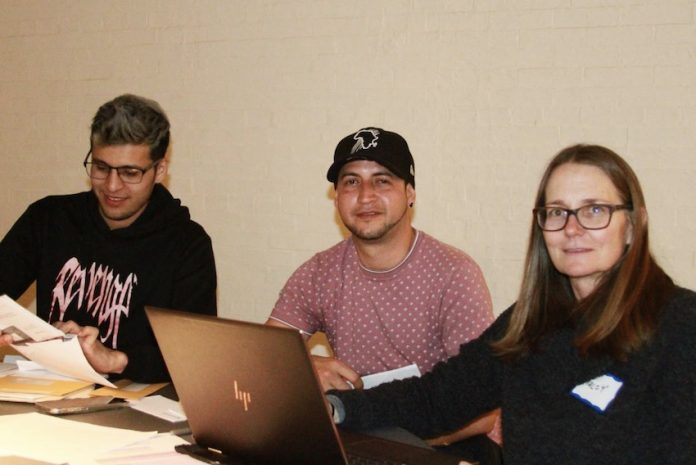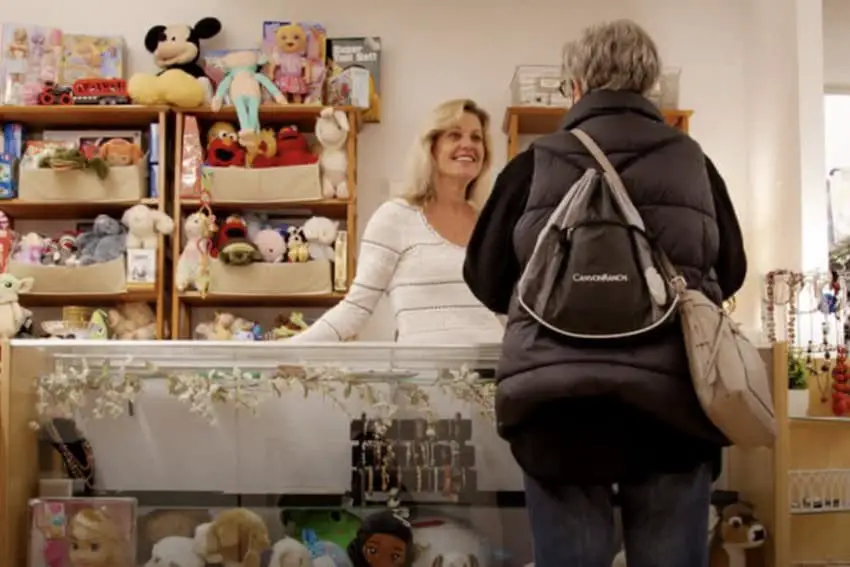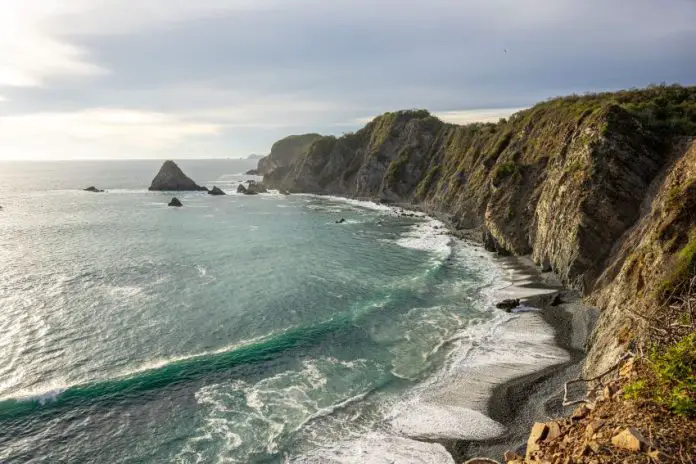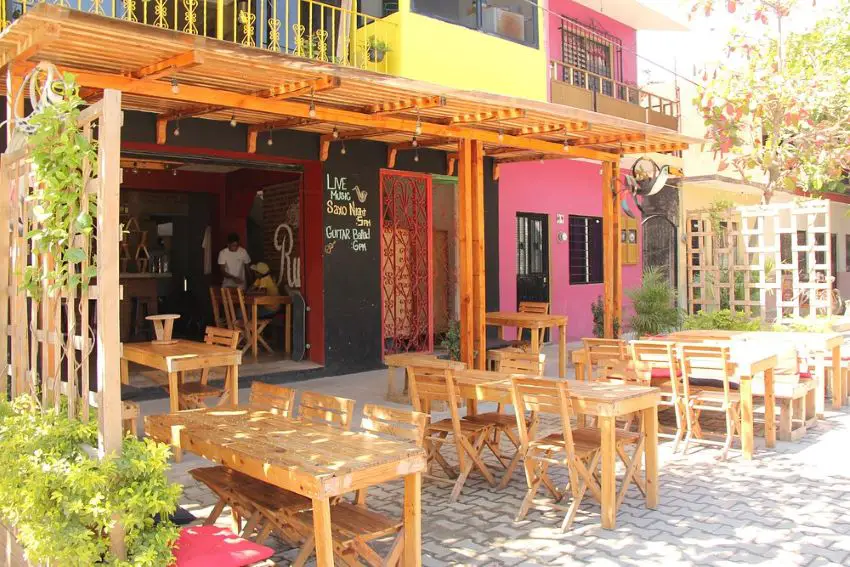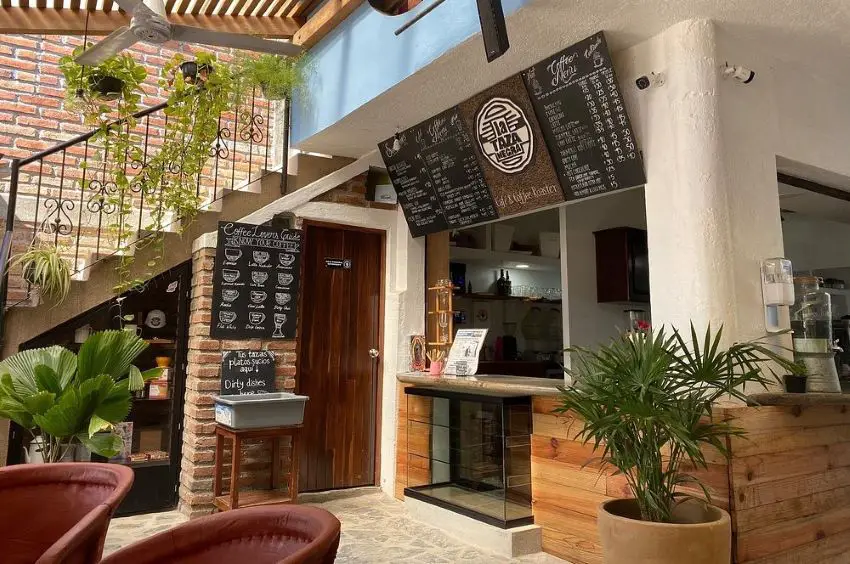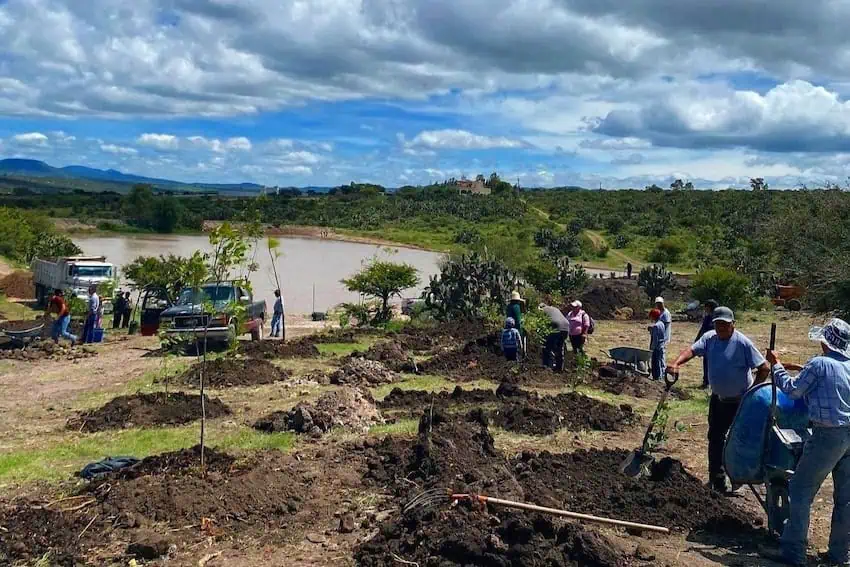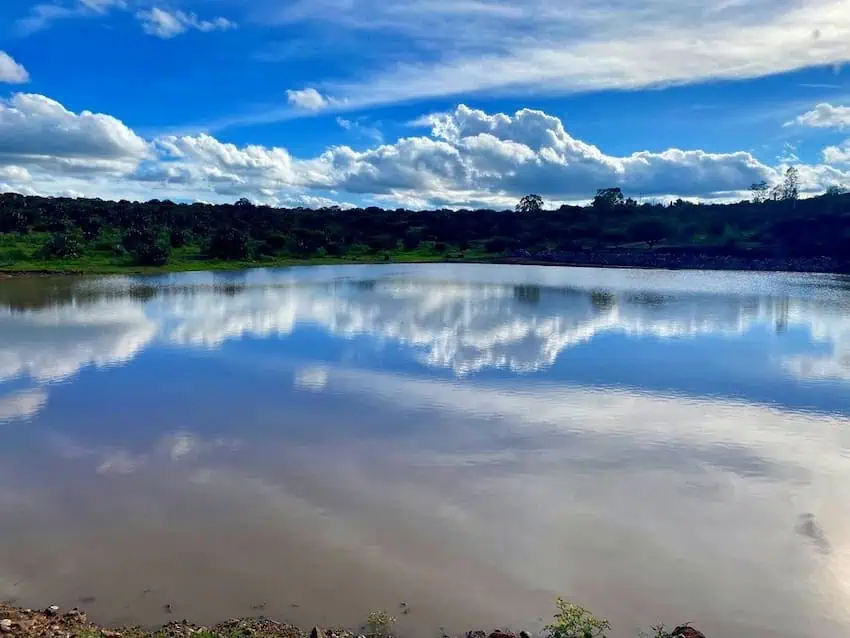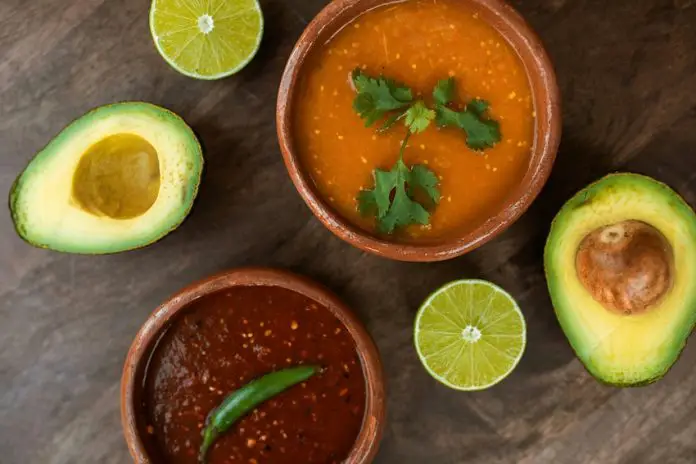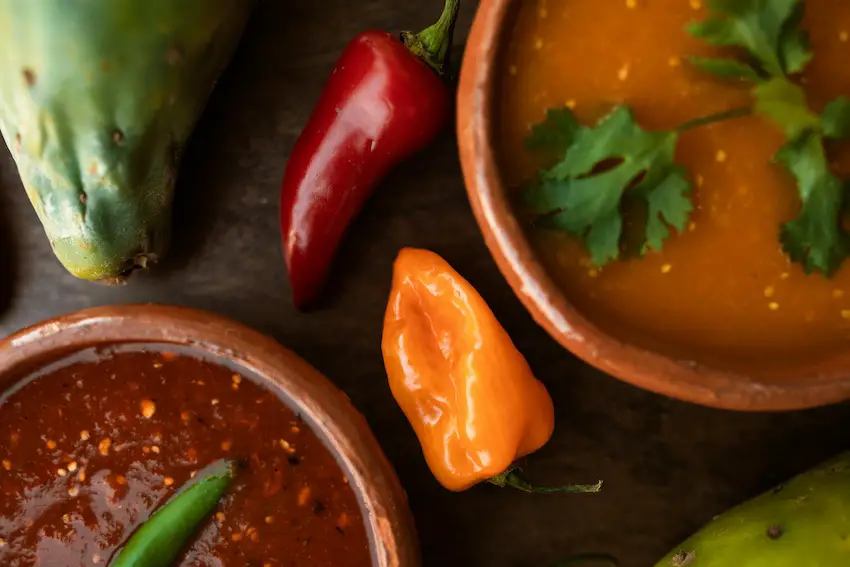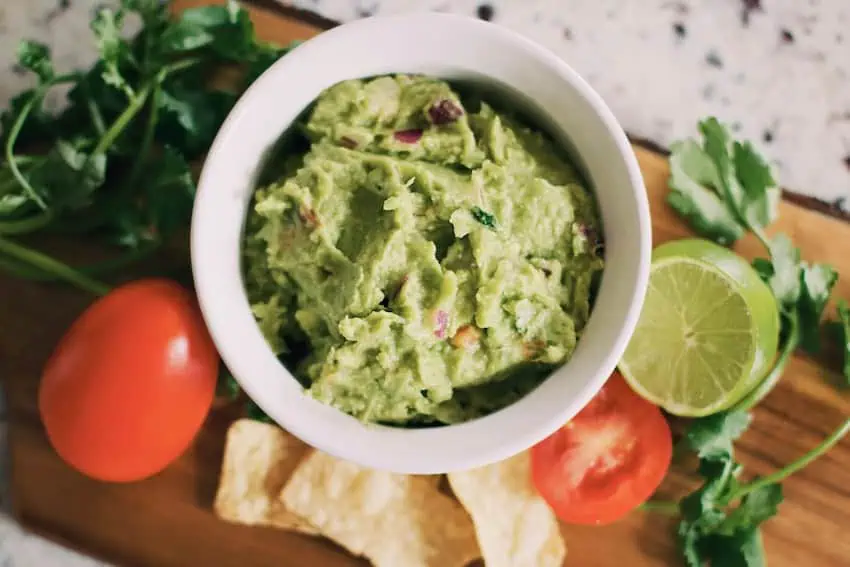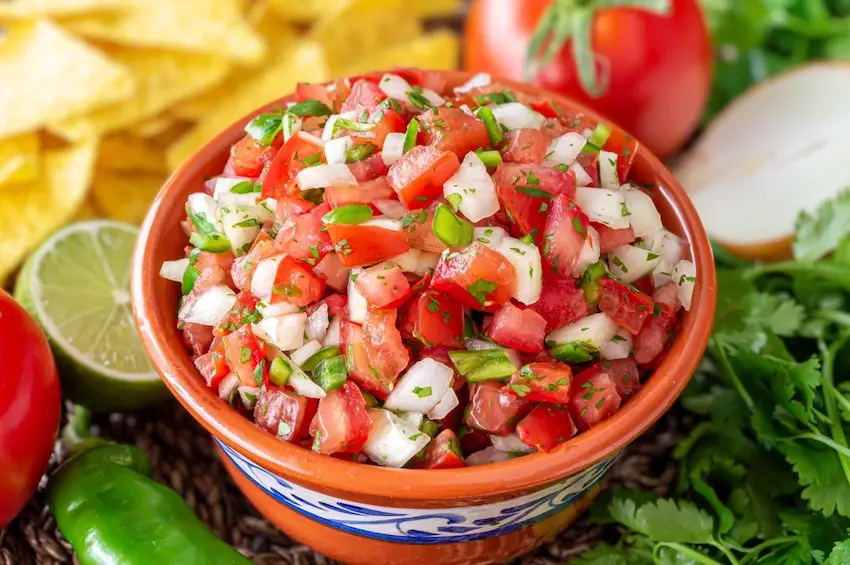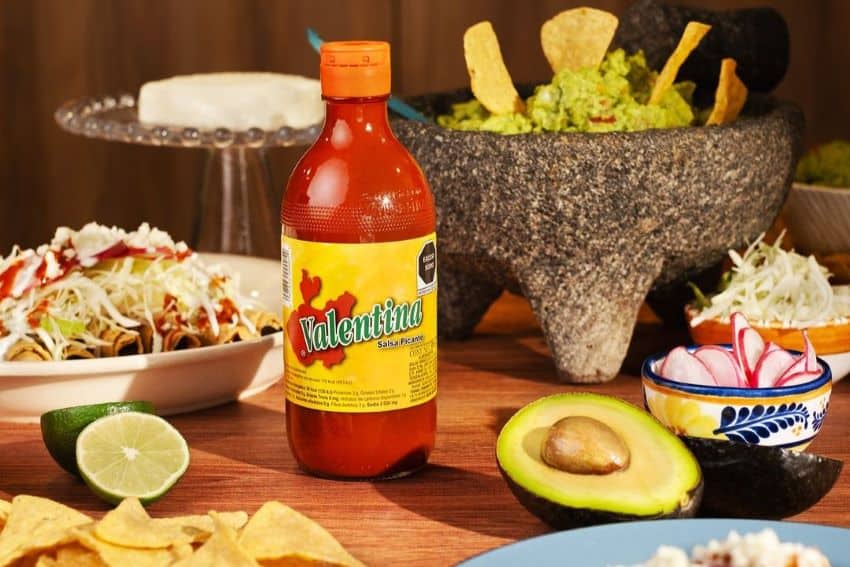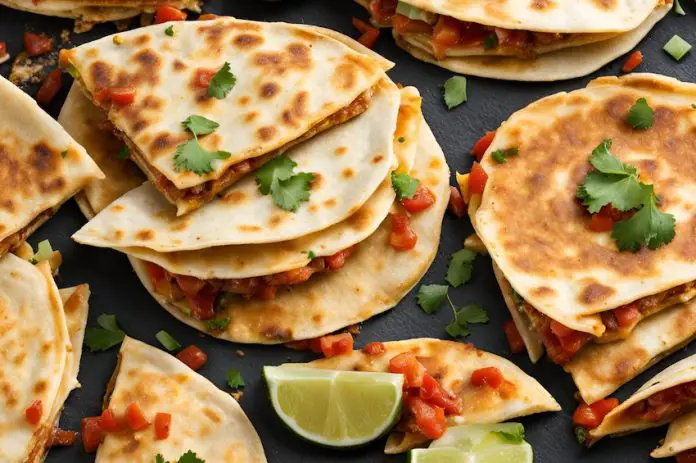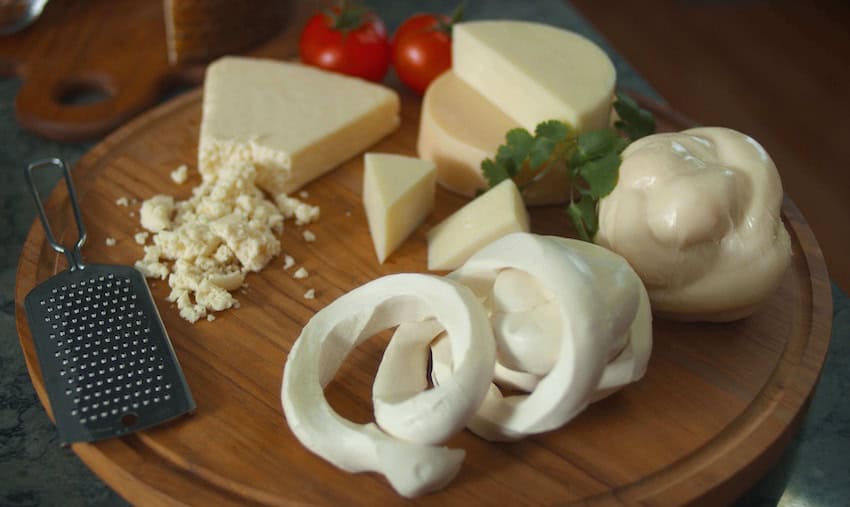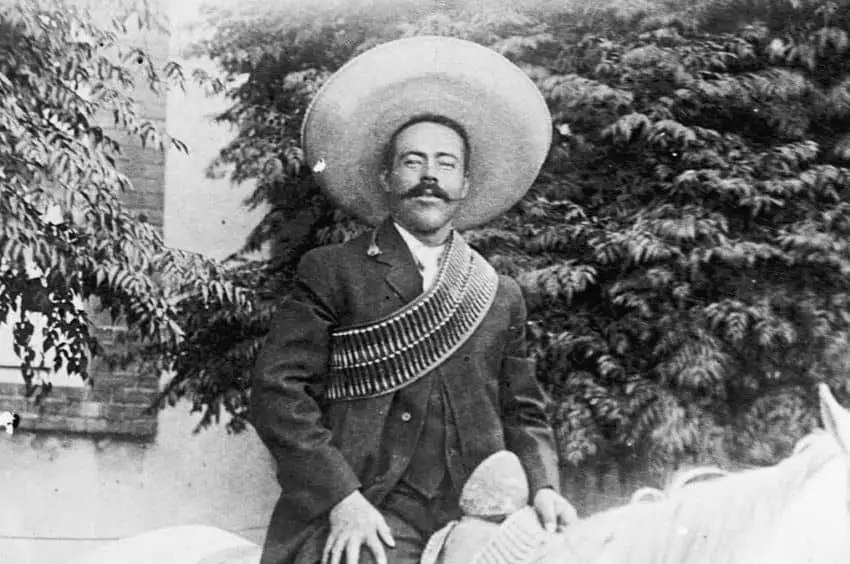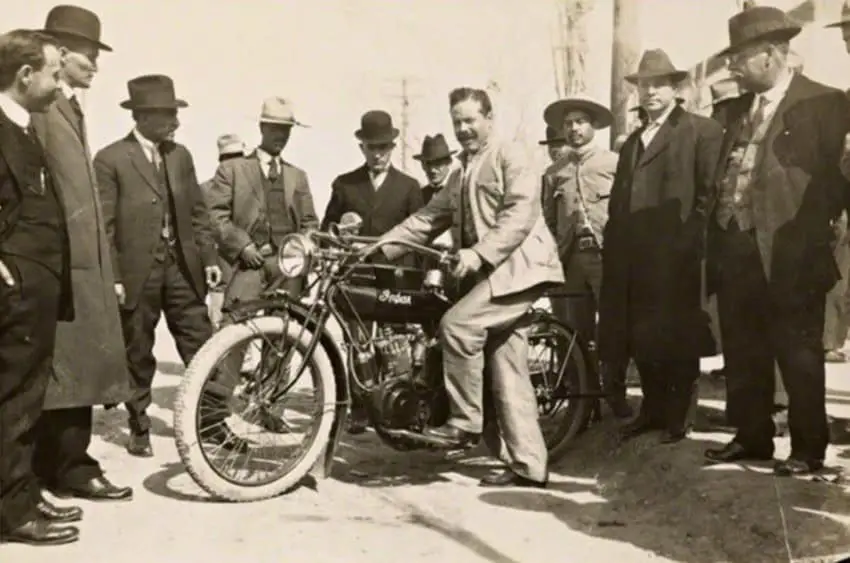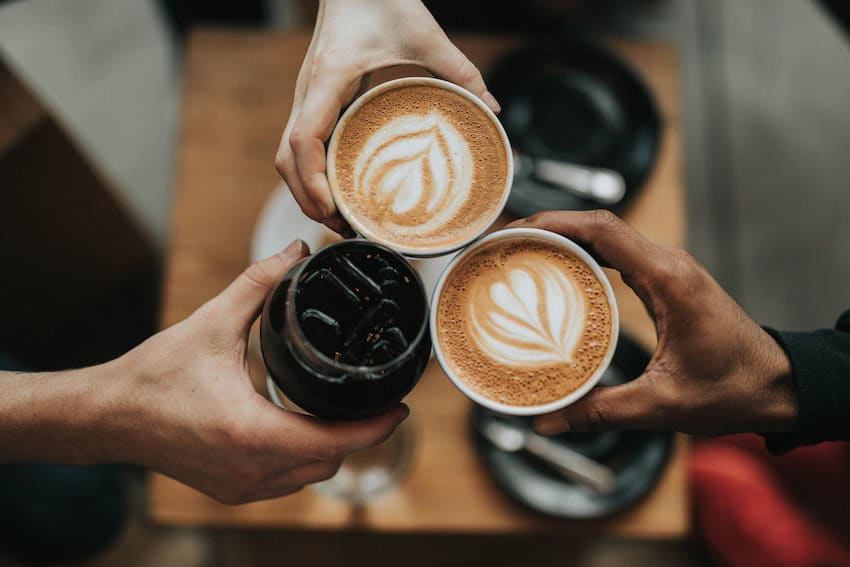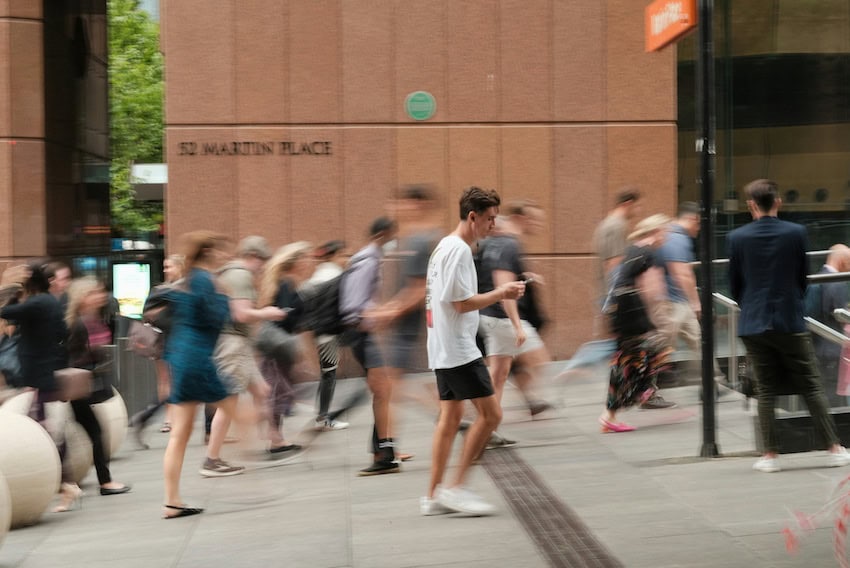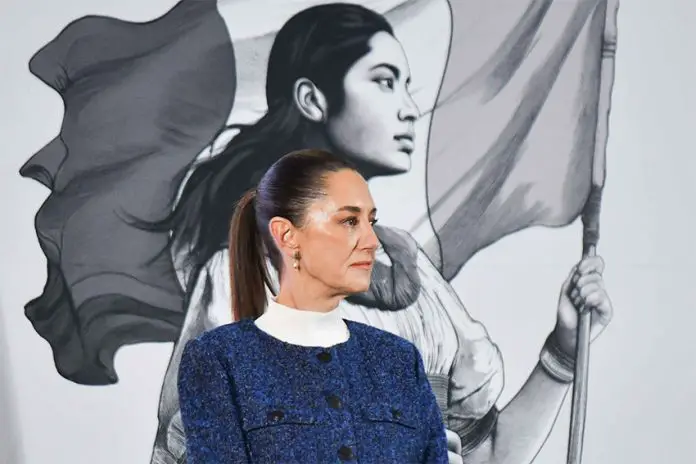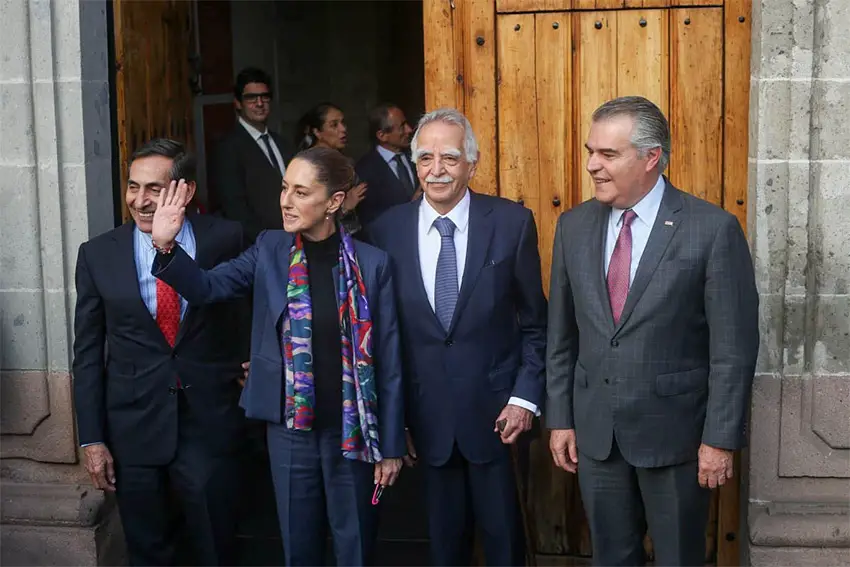There are so many variations of cheesecake: turtle; peanut butter; cinnamon apple; chocolate; almond and of course, the classic New York. The list is endless and is so enjoyable! I mean, who doesn’t love cheesecake? It is the perfect dessert, no matter if it’s a dinner or a cocktail party, or an afternoon buffet — it is versatile.
But what about for the Holidays? How do you make it Christmasy and Mexican at the same time? The answer, of course, is to make Rompope cheesecake bites.

Cheesecake traces its history to ancient Greece and Rome where simple cheesecakes were the fare, not the luxurious creamy concoctions we’re used to, but they introduced the concept that cheese blends with cake and not just wine.
It was centuries later that the Europeans arrived in Mexico, in the 16th century, bringing their culinary practices, along with cheesecake, that they introduced to Mexico. Before long, a traditional cheesecake evolved, known as the Pay de Queso, or cheese pie, made with queso fresco (fresh cheese), and incorporating flavors like cinnamon and vanilla. The Mexicans eventually made it sweet, adding a flaky crust, or one made with graham crackers, along with sugar, cream-cheese, and spices — a culinary delight!
So, let’s take this a step farther, and kick the “same-old-same-old” cheesecake up a notch. Let’s make our cheesecakes bite-size and top them with some spicy Mexican eggnog (Rompope) frosting. Perfect for a buffet, a cocktail party, or a dinner dessert, even for Christmas festivities, not too much but just enough, and if you or your guests feel like it, you can always eat more than one! Disfruta!
Rompope Cheesecake Bites

Ingredients
Crust:
- 1 Cup (84 g) graham cracker (crumbs) (migas de galleta graham)
- 3 Tbs. (35 g) sugar (azúcar estándar)
- 3 Tbs. (42 g) butter* (melted) (mantequilla)
- Best Mexican brands: Lala; Gloria; Alpura; Aguascalientes; Flor de Alfalfa.
- 1 tsp. (2.6 g) ground cinnamon (canela molida)
- 1 tsp. (7 g) ground nutmeg (nuez moscada molida)
Filling:
- 2 8-ounce packages cream cheese (softened) (queso crema)
- ½ Cup (200 g) sugar (azúcar estándar)
- 2 eggs (huevos)
- ¼ cup (62 g) Rompope
- Recipe follows.
- 2 Tbs. (15 g) flour
- Use all-purpose American flour, available online.
Whipped Cream/Rompope Frosting:
- 1 Cup (232 g) heavy cream (crema para batir)
- ½ Cup (125 ml) Rompope* Recipe follows.
- ⅓ Cup (35 g) powdered sugar (azúcar glasé)
- ½ tsp. (< 1 g) ground nutmeg (nuez moscada molida)
- ½ tsp. (2.84 g) ground cinnamon (canela molida)
Instructions
Preheat oven to 350F (176C).
Grease a muffin pan (12 muffin tin) or use liners. Set aside.
Next:
- In a small mixing bowl, combine graham cracker crumbs, cinnamon, nutmeg and sugar.
- Mix in melted butter.
- Place a spoonful of crumbs in each cup and press down.
- Bake for 5 minutes.
- Remove from the oven and set aside.
Next:
Lower oven temperature to 300F (148C).
- In a large mixing bowl, beat cream cheese until smooth.
- Add sugar, eggs, eggnog and flour. Beat until creamy.
- Fill each muffin cup ¾ of the way with cream-cheese mixture.
- Bake in oven for 20 minutes.
- Remove from oven and bring to room temperature.
- Refrigerate for two hours or more.
Next:
- In a medium mixing bowl, beat cream for 5 minutes until stiff peaks form.
- Add eggnog and beat until well combined.
- Add powdered sugar, nutmeg and cinnamon.
- Top each cheesecake with a spoonful of frosting. Decorate any way you’d like.
- Serve immediately.
NOTE: Cheesecakes can be stored in the refrigerator for 3-5 days, however, do NOT make frosting until ready to serve.
Rompope (Mexican Eggnog)

Ingredients:
- 4 Cups (1 liter) of whole milk (leche entera)
- 1 Cup (250 g) of sugar (azúcar estándar)
- 1 pinch of baking soda (bicarbonato)
- 1 stick of Mexican Cinnamon (rama de canela)
- 2 cloves (clavos enteros)
- 12 egg yolks (from large eggs) (yemas de huevo)
- ⅛ tsp. of ground nutmeg ((nuez moscada molida)
- 1 tsp. vanilla* (vainilla)
- *Mexican brands noted for their intense flavor: Villa Vainilla; Vainilla Totonac’s; Molina Vainilla
- ½ Cup (118 ml) Rum or Brandy, or more or less to your liking. (ron o brandy)
Instructions:
- In a saucepan, mix milk, cinnamon, cloves, sugar, nutmeg.
- Add a pinch of baking soda and stir.
- Place saucepan over medium-high heat and bring to a boil. Turn heat to low and simmer for 8-10 minutes, allowing the milk to absorb the flavors of cinnamon and cloves.
- Turn off the heat and remove saucepan from stove to cool.
- While the milk is cooling, whisk the egg yolks until they are pale yellow.
- Slowly pour the egg-yolks into the cooled milk and stir.
- Once completely incorporated, place the saucepan back on the stove and turn the heat to medium-high, stirring frequently.
- Cook the mixture for 5-7 minutes, stirring frequently to avoid curdling, until the mixture become thick.
- Remove from heat and pass through a sieve, discarding cinnamon sticks and cloves.
- Add rum or brandy and mix well.
- Pour into a container with a lid and let it cool for a couple of hours and then refrigerate. NOTE: The Rompope will taste best if you let the flavors combine by storing it in the fridge for two weeks. But it can be used immediately for your Rompope cheesecake instead.
Disfruta!
Deborah McCoy is the one-time author of mainstream, bridal-reference books who has turned her attention to food, particularly sweets, desserts and fruits. She is the founder of CakeChatter™ on FaceBook and X (Twitter), and the author of four baking books for “Dough Punchers” via CakeChatter (available @amazon.com). She is also the president of The American Academy of Wedding Professionals™ (aa-wp.com).

